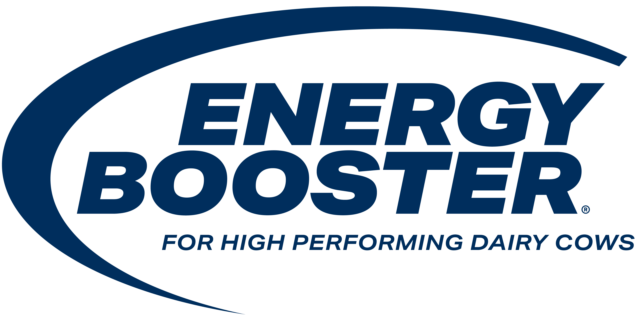As the conversation around climate change, agriculture and ruminants continues, the dairy industry will be under pressure to try various greenhouse gas mitigation techniques.
Still, it is important to remember that methane emissions are a normal part of rumen fermentation. The rumen ecosystem and fermentation are what makes ruminants special; they can eat ingredients people or other animals cannot or do not want to eat and convert them into nutritious milk and meat. That said, if there are technologies to reduce methane without negatively affecting the health or production of the cow, it is worth understanding how these technologies may fit in your operation. This article will focus on the rumen modifier category of methane reduction.
Rumen modifiers – technologies that modify the rumen – can reduce methane emissions. Some rumen modifiers can work to directly inhibit the growth or function of methanogens, the microbes that produce methane. Other modifiers can limit how much hydrogen (H2) and carbon dioxide (CO2) are available in the rumen (the two chemicals that react to produce methane), which reduces methane (CH4) production. Research in this area includes the possibility of introducing new microbes into the rumen ecosystem that use enteric methane and turn it into usable nutrients for the cow, reducing the amount expelled by the animal into the atmosphere.
Some modifiers can promote the production of different nutrients over another. For example, volatile fatty acids (VFAs), acetate, propionate and butyrate are nutrients created by microbial fermentation. A byproduct of acetate production is H2, while propionate uses available H2 for its creation. Modifiers can promote production of propionate while inhibiting acetate to reduce available H2 for methane synthesis.
Evaluation factors for rumen modifiers
With increasing attention on greenhouse gas emissions, there are many modifiers arriving on the market for dairy producers to potentially feed their herd to reduce methane. Below are some questions to ask before investing in a rumen modifier technology.
- How was the technology studied? Many modifiers are initially studied by in vitro methods (in the lab). Some examples of in vitro models include batch culture and continuous culture. These are faster and less expensive ways to understand how a modifier might work in a rumen versus immediately feeding to cattle. These methods are great ways to quickly screen compounds to choose good candidates for further investigation.
If effects were observed under in vitro conditions, the next step is to move to a ruminant model. It is important to remember: In vitro methods cannot and should not replace in vivo research. An animal is not a closed system and has many outside influences while on a commercial operation. If a modifier has not been tested in vivo, it may be difficult to predict performance in an animal.
Assuming a technology performed well under in vitro conditions, the next step should be controlled animal experiments. These are more complex than lab-based experiments.
More questions to ask
-
What type of diets were fed to the animals? Do the diets used look like a diet your herd would typically eat? What is the forage-to-concentrate ratio? Were the forages fed high-quality? Was the diet total mixed ration (TMR) based or pasture? What was the dry matter intake (DMI)? Results will vary under different dietary conditions. It is important to remember: What works in one geography and set of management conditions may not produce the same results in others.
-
What type of animal was used? Small ruminants (goats and sheep), while good candidates for some rumen insights, may respond differently than a dairy or beef animal. Likewise, dairy cow research may not translate directly to beef animals or vice versa.
-
How long did the in vivo experiment last? Rumen microbes are very adaptable – and often over time, initial effects on methane reduction diminish. It is important for a modifier to continue to have positive effects while it is fed to the animals.
-
What is the effect on productivity? In dairy cows, this would include DMI, milk and component yield. Is the effect consistent over time? In addition, were the animals tested high-producing cows? It is more likely to see methane reduction when animals are low-producing or fed low-quality, poorly digestible feeds. Decreasing methane emissions while improving productivity is very challenging in modern commercial dairy systems.
-
What is the effect on rumen fermentation? Understanding nutrient digestibility and VFA production is key to improving efficiency and potentially reducing methane. These effects are not always measured, depending on the design of the experiment, but lead to understanding how and where a modifier may fit in certain operations.
-
Does the modifier directly reduce methane or is the advantage to the producer coming from increasing feed/milk component efficiency? There are very few modifiers that reliably do both. Some may reduce total methane emission with no effect on productivity. Others may increase feed efficiency but do not reduce gross methane production and rather reduce methane emission per unit of milk or milk components.
How will you measure success? In today’s reality, a modifier that does not offer a production benefit, regardless of methane reduction results, will be difficult to justify without some type of offset (cost or carbon). In the future, gross methane reduction may be the key metric. Work with your advisers to determine if a rumen modifier fits in your operation.






